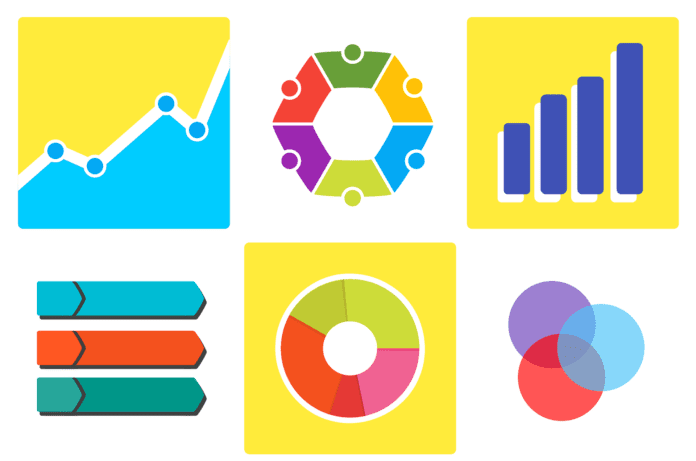Every set of data has important information to convey. Whether or not you can see it depends on how successfully you have visualized it.
A picture says a thousand words, and never has this been truer than when it comes to data. The ability of businesses to capture terabytes worth of data about every aspect of their business has remarkable potential, but visualizing that data remains a challenge.
When viewed in dry table form, it can be difficult to see the story that data is trying to tell. However, by taking it out and presenting it in a visual format, data comes to life, driving actionable value for companies, their employees, and their customers.
Retail: The Home Depot
The Home Depot has about 2,500 stores across the U.S. However, no two stores are the same, and both workers and customers can sometimes find it difficult to locate items.
To improve their stock replenishment strategies, Home Depot turned to Google Cloud and BigQuery to keep more than 50,000 items well stocked across all their stores. It provides clear information about stocking levels and availability as well as issuing alerts when stock needs to be reordered.
Using mobile devices, they can also draw on that data to bring visibility to the most important items customers need, such as where to find products in the store. When their associates need to find an item, they simply fire up their mobiles and the artificial intelligence (AI) takes them where they need to go.
With the help of Google Cloud, they have transformed the notion of what a data warehouse can do and created one of the most sophisticated stock replenishment systems in the world.
It has taken their query performance down from hours and days to minutes and seconds, according to David Narayan, distinguished engineer, The Home Depot.
Government: Singapore
Singapore has been praised the world over for its response to the COVID-19 pandemic.
One of the key elements of that has been its use of technology. With the help of SAP and PCI, they created a comprehensive track-and-trace solution that allowed people to follow the spread of the virus via an app, in just eight weeks.
The solution relied on a small portable device that fits into people’s pockets and provides complete, accurate, and encrypted contact history. It helped provide residents with more information about the spread of the virus, giving them the details they needed to keep themselves and their loved ones safe.
Insurance: Emblem Health
Emblem Health is one of the leading nonprofit providers of health insurance in the U.S.
It wanted access to real-time data to inform its human resources strategy but found itself constrained by its existing systems. But managers found it difficult to see data in real-time and understand information presented in Excel spreadsheets. Reports were fragmented and resulted in out of date and inaccurate information.
Emblem Health used the Oracle Cloud to get complete real-time information across multiple data elements and platforms.
Instead of the previous situation where human resources ran stand-alone human capital management (HCM) reports for an ever-growing number of business users, Oracle Analytics Cloud is now a single source of information that helps them make critical real-time decisions. From a situation where managers had to use data that was four or five days old, they now have access to information instantaneously.
Banking: Members First Credit Union
For Members First Credit Union, understanding branch performance is crucial to the value they can offer their clients. Their existing manual reporting mechanisms, however, made it difficult to understand and analyze their data.
They turned to Microsoft Azure to bring automation to their systems and visualize their data into clearly defined and actionable reports. To do this, they used Power BI, a data analytics solution that provides interactive visualization and business intelligence capabilities. It empowered employees to create reports and dashboards without having to rely on IT staff or database administrators.
The team required about five months to use Power BI to create data visualizations for their branch reports. They have made it quicker and easier to gain insights and eliminated discrepancies in reports caused by manual errors. Data is quick and easy to access, enabling anyone in the organization to view branch reports on demand.
Energy: Geospatial
Geospatial is a venture by semiconductor manufacturer Intel focusing on electric utilities and oil and gas companies.
It used Amazon Web Services (AWS) to create an open cloud-based infrastructure using AI to visualize and analyze geospatial data compiled by satellites and drones.
It uses data to create an immersive 3D visualization tool that could highlight issues around a network. For example, one geospatial customer with an oil field needed a more effective mechanism to identify oil leaks. These could be expensive and damaging to the environment, so every second counts. Oil leaks are also difficult to identify. They can often look like shadows, generating false-positive alarms. Using AI, the system learned to identify the key characteristic of the oil spill, enabling it to locate problems and arranging for swift maintenance.



